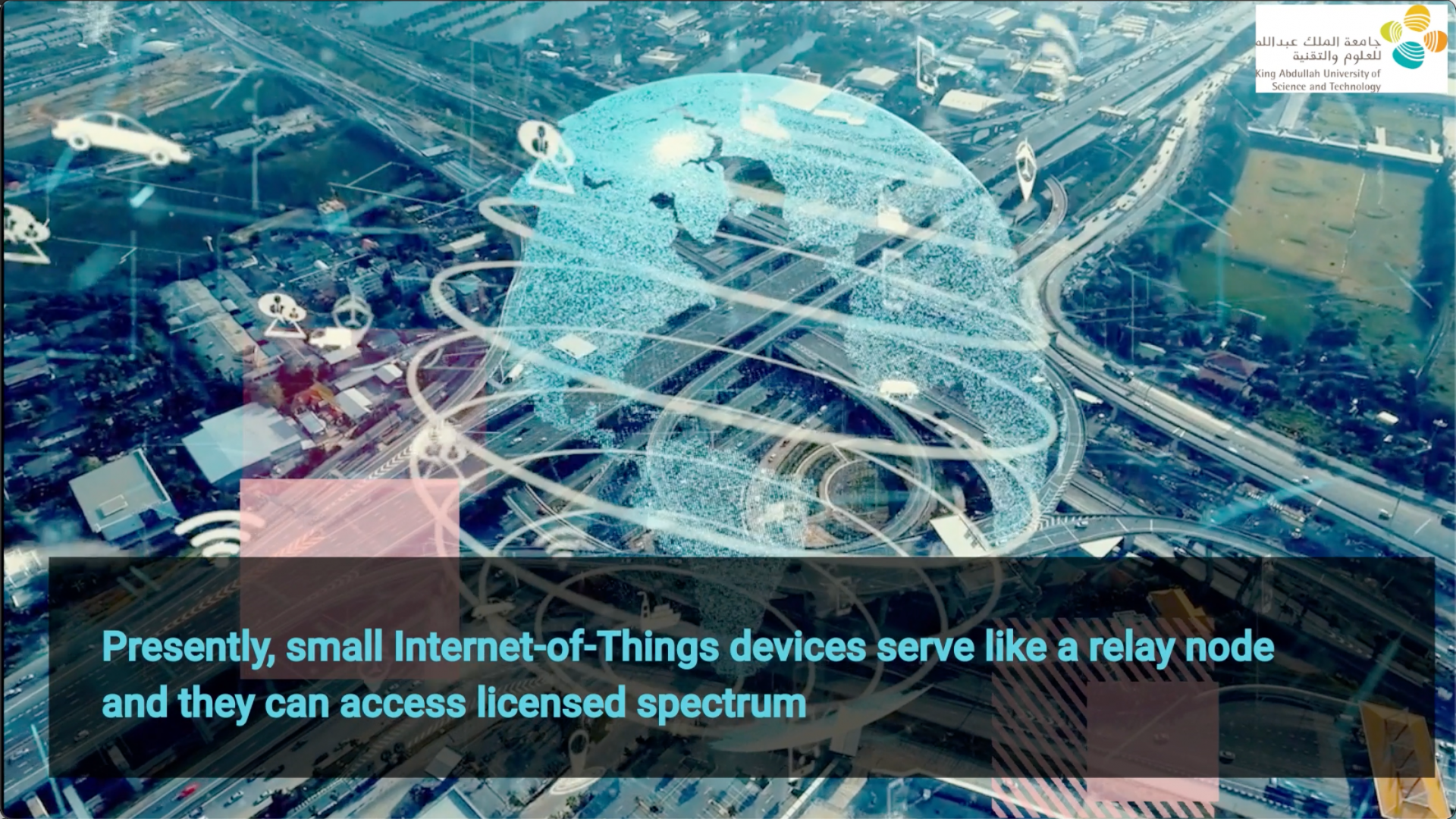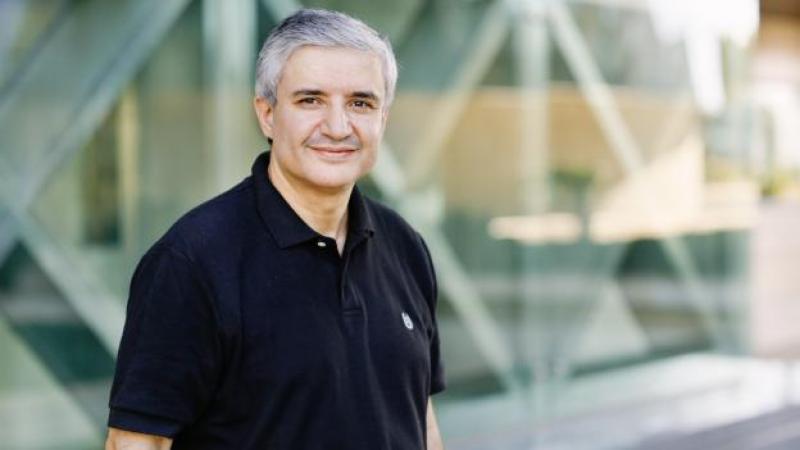This work explores the outage performance of two-way hybrid visible light communication/radio frequency (VLC/RF) communication systems using an overlay mode of cooperative cognitive radio network. The demand of high rate of data transfer can be fulfilled using VLC and transmission over a wide area of coverage and maintaining high reliability can be achieved through RF communication. The proposed architecture includes cooperative communication between two licensed users via an aggregation agent (like, Internet-of-Things gateway). Aggregation agent may perform like a relay node and in return of that it is able to access licensed spectrum for two-way communications with an Internet-of-Things device (IoD). Aggregation agent and IoD are energy constrained nodes. Therefore, aggregation agent harvests energy from the signal transmission of both VLC source and RF source over VLC link using simultaneous light-wave information and power transfer protocol and over RF link using simultaneous wireless information and power transfer protocol, respectively. IoD harvests energy from a power transmitter using wireless power transfer protocol. The closed form expressions of both licensed user outage and IoT outage are derived. From the simulation results, it is observed that optimum outage performance is achieved by allocating more time for harvesting energy from the RF source compared to the VLC source.
More information can be found in the video given below and the paper:
S. Ghosh and M. -S. Alouini, "On the performance optimization of two-way hybrid VLC/RF based IoT system over cellular spectrum ", IEEE Internet of Things Journal, 2022
DOI: 10.1109/JIOT.2022.3177581
https://ieeexplore.ieee.org/


